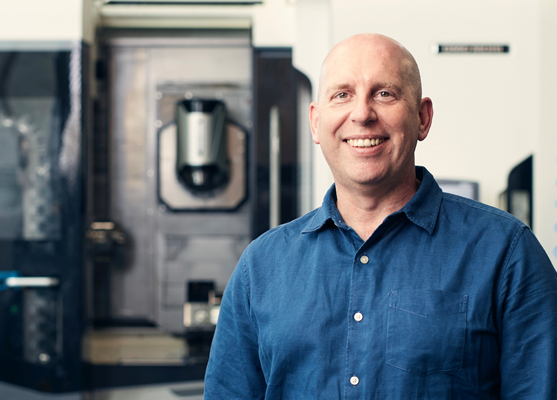A proven framework for manufacturing innovation
When it comes to manufacturing, David Chuter is a realistic optimist. In this article, he reflects on the challenges Australia is facing in terms of manufacturing and talks about why manufacturing innovation matters.
Much news has been made of Australia’s further slide down the rankings of the Economic Complexity Index (ECI). We now sit in the bottom third, ranked 91 of 133 countries measured. Why is this? To be blunt, we simply don’t design, manufacture and export enough diverse, complex and high-value products to warrant a higher position. Australia also scores low on the proportion of businesses collaborating with universities, sitting at the bottom when compared to other OECD nations. Additionally, foreign investment into Australia has gone backwards since 2019. And against the backdrop of the pandemic and recent geopolitical tensions, we have realised just how reliant we are on global imports.
Now let’s consider the good in Australian manufacturing. Importantly, we have a renewed focus on the design and development of complex goods and services to increase our self-reliance. If well targeted, this can help grow our ‘sovereign’ capability and capacity, drive sustainable economic growth and deliver stable, well-paid jobs – a topic I explored in my comment last month.
Since 2016, the Innovative Manufacturing CRC (IMCRC) has been selectively investing Commonwealth and other cash into transformative manufacturing research and development (R&D) projects. These projects are led by ambitious businesses that collaborate with Australia’s leading universities and the CSIRO. While diverse in nature, the collaborations are designed to drive industrial transformation, apply Industry 4.0 technologies, embrace new business models and deliver real-world commercial outcomes.
Over the past six years, our team has met with hundreds of Australian manufacturers to see how we can help accelerate and magnify their investment in manufacturing innovation. And with over 70 collaborative and transformative projects reaching completion this year, IMCRC has deployed a proven business model for establishing effective and focused projects and partnerships between manufacturers and research organisations. So, what does this business model look like and how can it be used to drive success for the wider manufacturing community?

